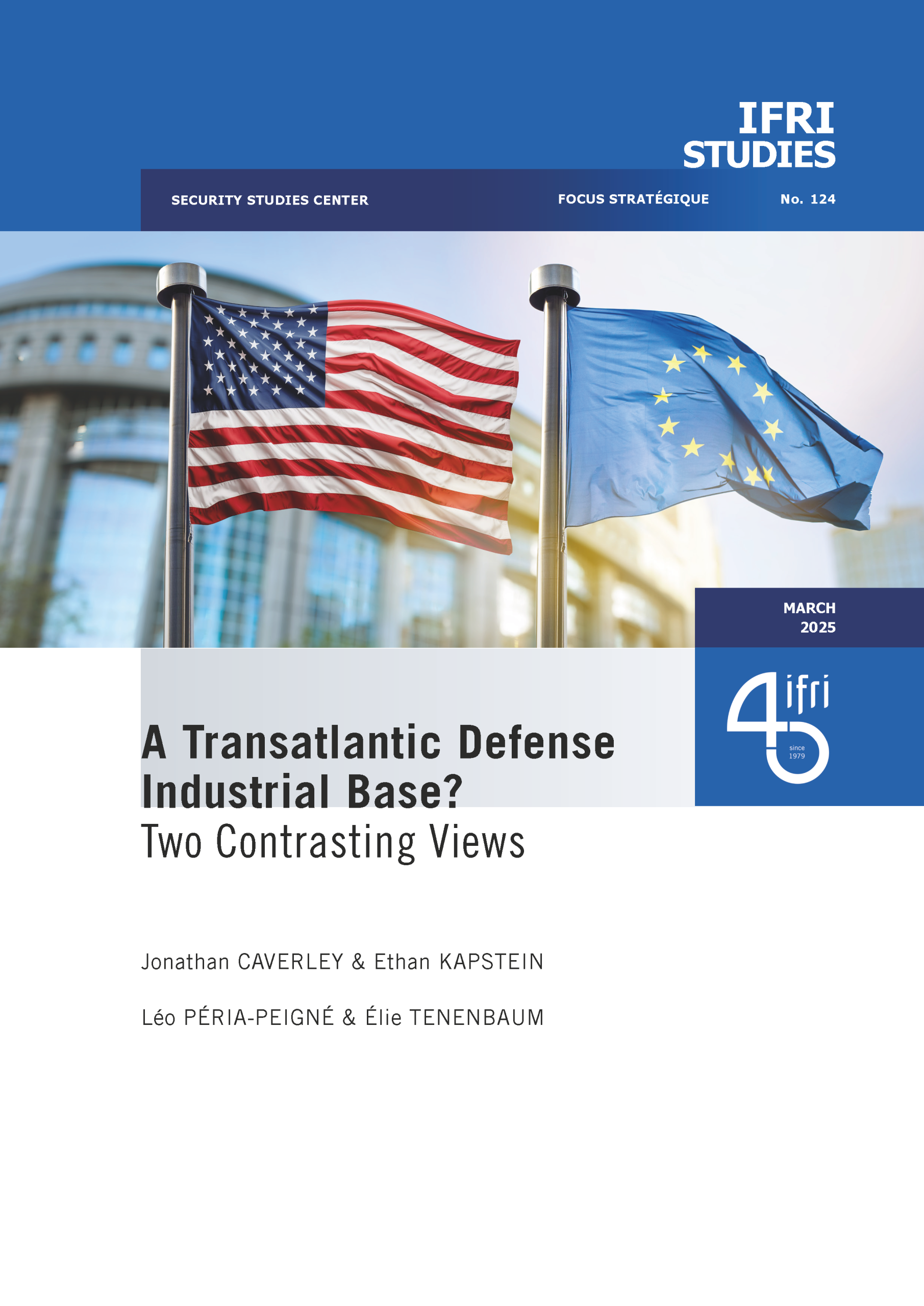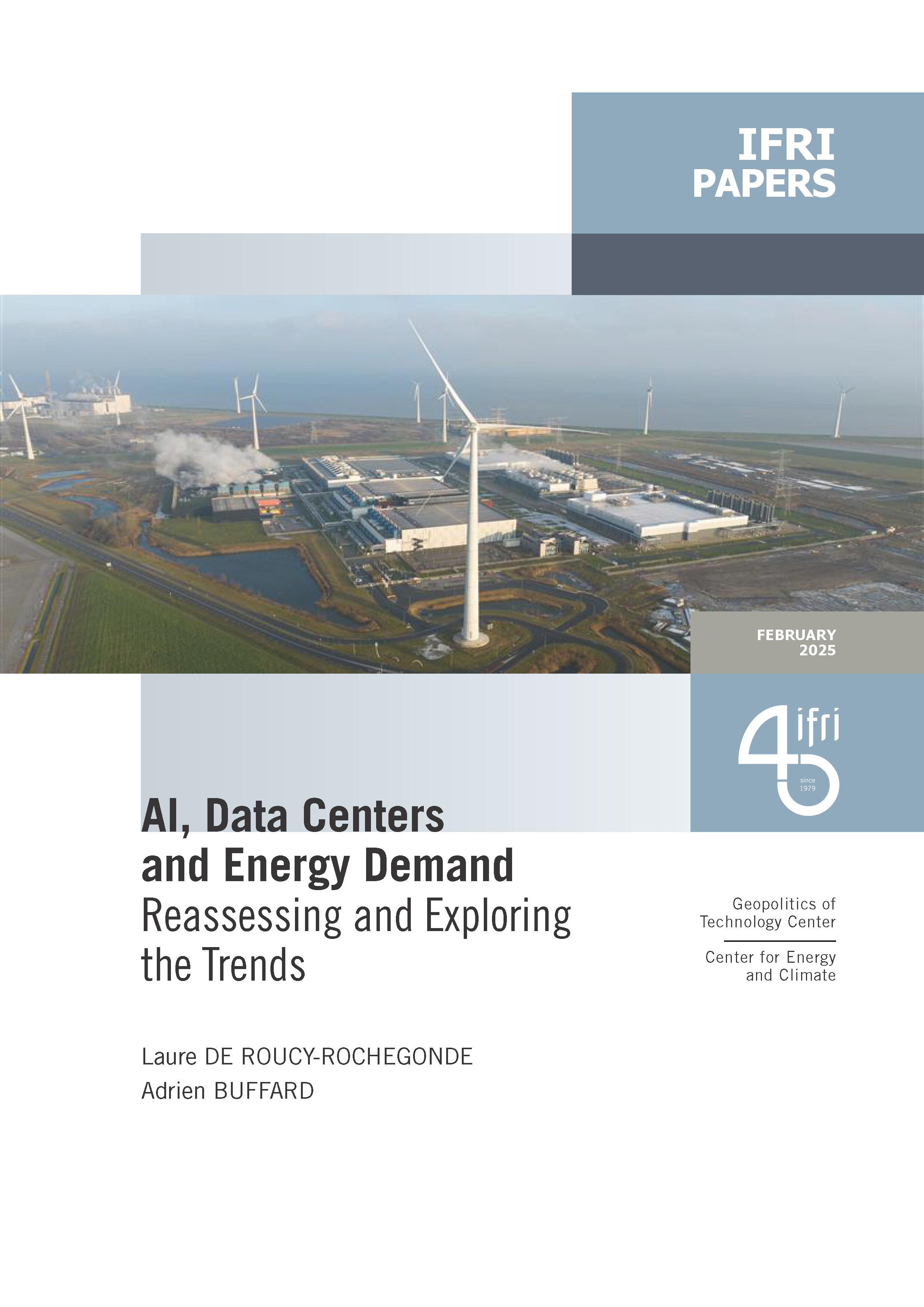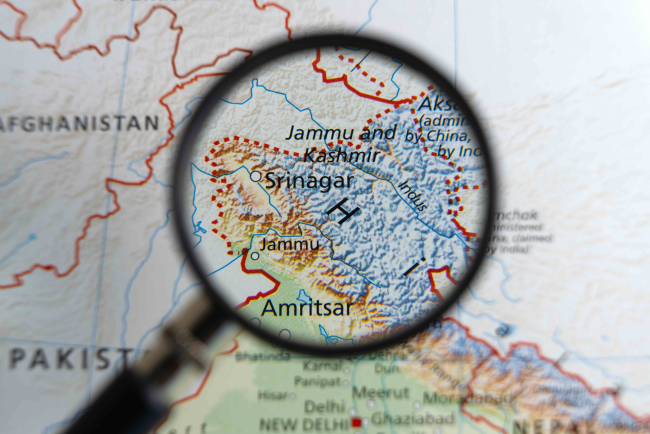Balance of Power in the Taiwan Strait in the Case of a Natural Disaster: Considering an Overlooked Scenario
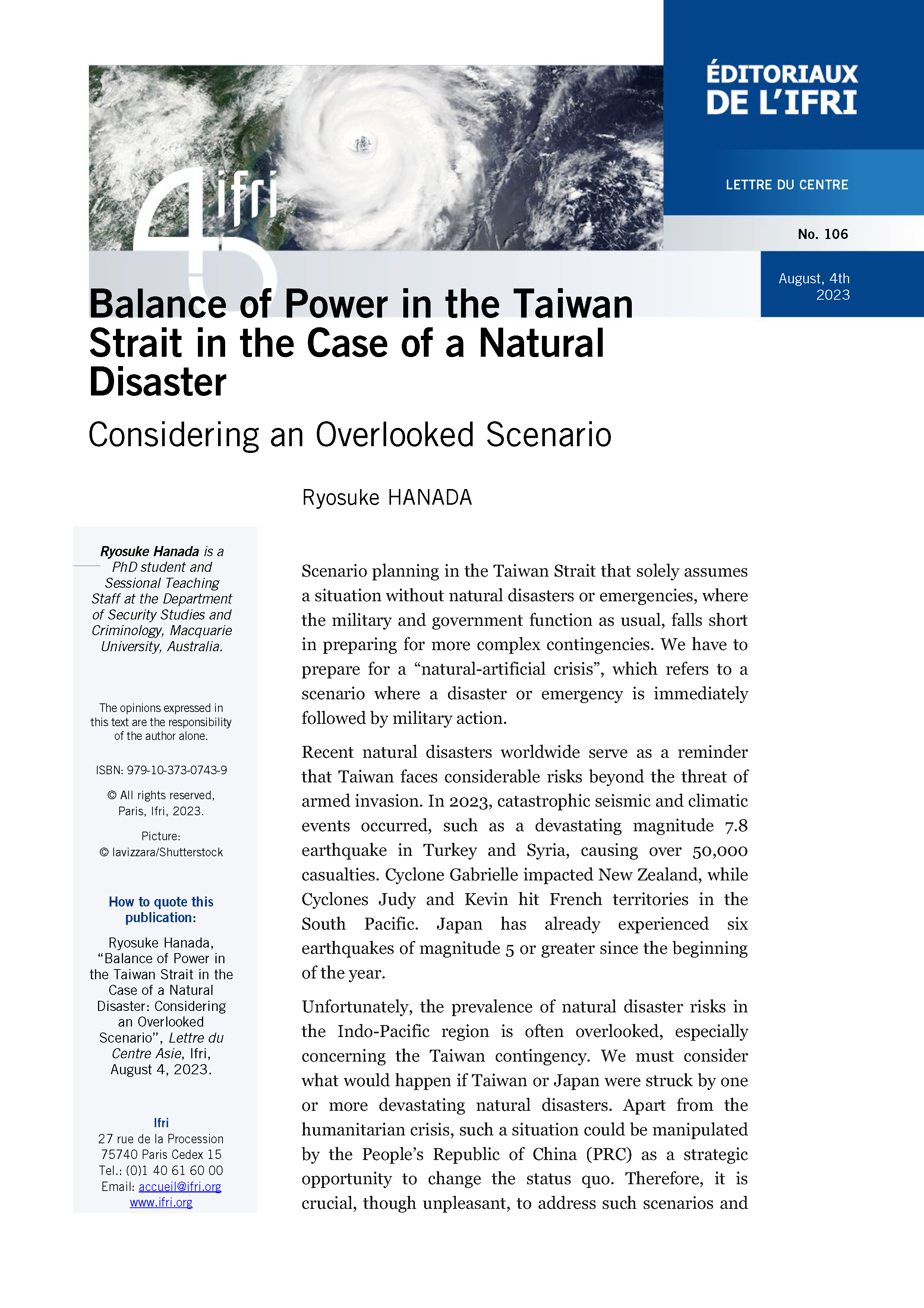
Scenario planning in the Taiwan Strait that solely assumes a situation without natural disasters or emergencies, where the military and government function as usual, falls short in preparing for more complex contingencies.
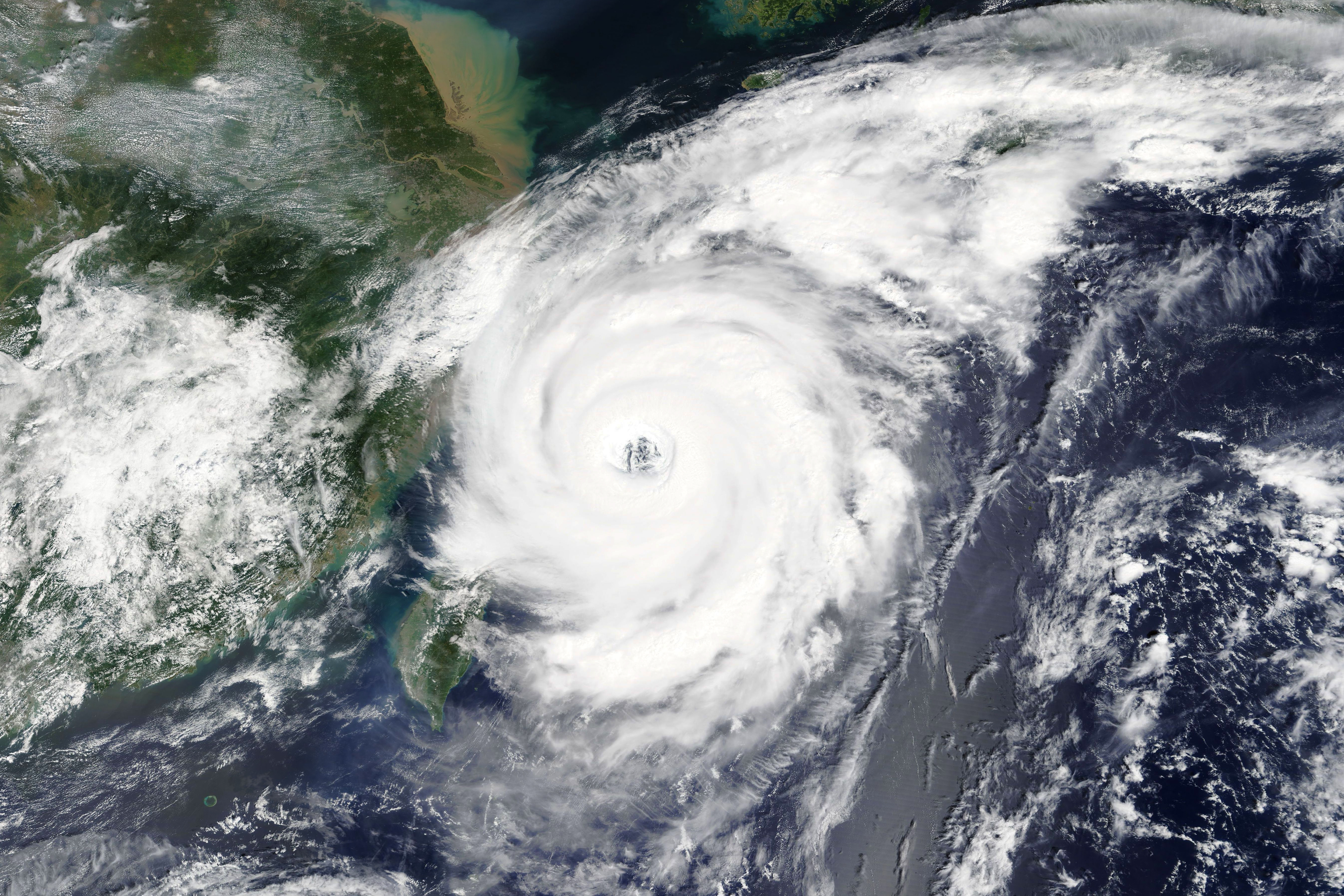
We have to prepare for a “natural-artificial crisis”, which refers to a scenario where a disaster or emergency is immediately followed by military action.
Recent natural disasters worldwide serve as a reminder that Taiwan faces considerable risks beyond the threat of armed invasion. In 2023, catastrophic seismic and climatic events occurred, such as a devastating magnitude 7.8 earthquake in Turkey and Syria, causing over 50,000 casualties. Cyclone Gabrielle impacted New Zealand, while Cyclones Judy and Kevin hit French territories in the South Pacific. Japan has already experienced six earthquakes of magnitude 5 or greater since the beginning of the year.
Unfortunately, the prevalence of natural disaster risks in the Indo-Pacific region is often overlooked, especially concerning the Taiwan contingency. We must consider what would happen if Taiwan or Japan were struck by one or more devastating natural disasters. Apart from the humanitarian crisis, such a situation could be manipulated by the People’s Republic of China (PRC) as a strategic opportunity to change the status quo. Therefore, it is crucial, though unpleasant, to address such scenarios and risk preparedness.
Existential risk of a natural disaster around Taiwan
Taiwan has a historical record of being regularly hit by tropical cyclones, moderate earthquakes, and, though less frequently, tsunamis. In 2009, Typhoon Morakot made landfall in Taiwan and recorded more than 750 fatalities.[i] While modern Taiwan has not faced catastrophic disasters, past challenges, like the Great Tsunami of Meiwa[ii] in 1771 and the Keelung earthquake[iii] of 1867, highlight the potential risks. According to one study, the recurrent cycle of this scale of earthquakes in this area is 150 to 400 years.[iv] Geologically, Taiwan’s location between the Philippine Sea Plate and the Eurasian Plate makes it susceptible to destructive earthquakes at any time.
Natural-Artificial Crisis over Taiwan
Considering the possibility of significant natural disasters in Taiwan requires a comprehensive approach involving experts and policymakers from various fields. Military, diplomatic, political, economic, legal, and geological aspects must be examined to grasp the full scope of potential crises. This entails analyzing a scenario where natural and artificial crises converge, offering the PRC a chance to exploit vulnerabilities.
In such a scenario, the PRC might take military action against Taiwan, calculating that the U.S. and Japanese forces are unable to intervene promptly due to a disaster in the region. If the disaster hit Okinawa, a strategic linchpin for U.S. forward deployed forces, it is likely to hinder the ability of U.S. forces stationed in Okinawa, especially the Kadena Airbase and Expeditionary Marine Corps in Futenma or Henoko, as well as Japan’s Self-Defense Forces (SDF) stationed in the south-western islands to act upon peace-time expectations. While additional military assets may be deployed from the mainland of Japan or Guam to preserve the balance of power, it is quite possible that the short time gap would be seen as the only window of opportunity for the People’s Liberation Army to accomplish the unification of Taiwan.
Even if a disaster hit other parts of Japan, it still increases the already existing uncertainty of Japan’s involvement in the Taiwan contingency. Given the remaining local sensitivities to the U.S. and Japanese militaries in Okinawa,[v] the government of Japan must deal with a simple but esoteric question: can the Japanese SDF help Taiwan when its people need them? An adversary may think it possible to exploit the highly complicated decision-making of the Japanese government in a chaos.
Rising to the defense of Taiwan would be straightforward if Beijing opts for military options to invade. If Taiwan is attacked, it is likely that U.S. forces and its allies, especially Japan, would come to support Taiwan’s self-defense. However, a natural disaster situation could lead to a non-military option by the PRC, subverting the Taiwanese state through other means. It would be harder for Taiwan and the rest of the world if Beijing were to choose a non-military option that nonetheless constitutes a form of subversion of the Taiwanese state, if not de-facto occupation.
To navigate this complex scenario, the PRC could apply its “three warfares”–psychological, public opinion, and legal warfare.[vi] By presenting humanitarian assistance as a domestic issue, announcing its position to rescue “compatriots in Taiwan”, and sending humanitarian assistance forces, the PRC aims to win the hearts and minds of Taiwanese people and shape the international narrative in its favor. If there are casualties from the disaster in Taiwan, Beijing is likely to blame the Taiwanese government. If the U.S., Japan, and Europe are not able to provide Taiwan with rapid and efficient humanitarian aid, but Beijing can, it would be a massive discredit for Taiwan’s partners, which Beijing would exploit.
Once such an event happens, this would be a tough game for those that neither recognize Taiwan as a sovereign state nor set up domestic legislation to justify their commitment. While it is crystal clear that the PRC has intentions to resolve “the Taiwan question” and to realize “China’s complete reunification” as a historic mission and an unshakable commitment of the Chinese Communist Party, no country has the grounds to oppose peaceful means. It would be extremely difficult for external parties to keep the current line of refraining from recognizing Taiwan’s sovereignty and committing to support Taiwan’s autonomous democracy.
Necessary Preparations
Preparations are necessary and possible for such a natural-artificial crisis. Defensive parties should expand their imagination with a sense of realism and improve their preparedness for various potential risks caused by any contingency, including a natural disaster.
First, Beijing is more likely to take military actions in the context of a natural disaster if the courses of action by the U.S. and its allies for such a contingency are not prepared and promulgated in advance. In order to prevent Beijing from underestimating U.S. and Japanese deterrence, the list should include the military planning for securing maritime and aerial advantages in a disaster, the division of labor among U.S. and Japanese forces to on-site disaster relief in Okinawa or Taiwan, alternative logistical support, etc. Holding joint U.S.-Japan exercises for disaster relief around Okinawa will also effectively enhance and display their preparedness. They’d be well advised to integrate their situational awareness not only in a linear spectrum, from peacetime to wartime, but also integrating outliers such as a disaster as a means of upgrading their deterrence.[vii] As a large-scale disaster requires a regional response, inviting observers from South Korea, the Philippines, Australia, and Taiwan to these exercises can promote the actual relevance and responsiveness of the U.S. alliance system to disaster-related contingencies.
Additionally, some governments need to reform domestic legislation related to disaster relief, given that the key in this scenario is time and information constraints. For instance, Japan should reconsider the incumbent system of deployment of SDF to disaster relief to include requests lodged to the defense minister by mayors of a city, ward, or village, prefectural governors, and the head of the Japan Coast Guard. The current process takes too much time and involves unnecessary red tape during a natural-artificial crisis. Also, there are no explicit provisions enabling the SDF to transport non-nationals for humanitarian purposes.[viii] As Taiwan’s closest neighbor, Japan needs to assume the worst and move quickly.
To prepare for Beijing’s non-military scenario, diplomats of Taiwan’s partners can seek agreements to creatively mitigate legitimacy risks. While providing weapons and political support to Taiwan is continuously essential, specific measures and legal grounds for actually saving Taiwanese lives in case of a natural disaster are often overlooked. As Japan and Taiwan have reached an official agreement on fisheries without addressing the sovereignty issue of Taiwan,[ix] a similar agreement that articulates mutual support at the time of a disaster between Taiwan and its partners would send a message to the world that Taiwan can receive support in time of need. Planning for a noncombatant evacuation operation among Taiwan and its partners is also an urgent matter not only for a military scenario, but for a natural disaster scenario as well.[x]
Such measures would not antagonize the People’s Republic of China. They are necessary for preventing anyone from miscalculating the situation and taking wrong actions which could lead to catastrophe in the region.
[i]. “More than 500 Dead in Typhoon Morakot”, The Guardian, August 15, 2009, available at: www.theguardian.com.
[ii]. The Tsunami of Meiwa in April 1771 caused a tsunami 30 meters high, resulting in approximately 12,000 deaths in Ishigaki, Miyako, and Yaeyama Islands.
[iii]. The Keelung earthquake of 1867 caused a 15-meter-high tsunami and killed hundreds of people in the northern part of Taiwan.
[iv]. D. Araoka, et al., “Tsunami Recurrence Revealed by Porites Coral Boulders in the Southern Ryukyu Islands”, Japan, Geology, Vol. 41, No. 8, 2013, pp. 919-922.
[v]. “Increased U.S. Military Flights into Okinawa Anger Residents”, The Asahi Shimbun, June 6, 2022, available at: https://www.asahi.com.
[vi]. M. Clarke, “China’s Application of the ‘Three Warfares’ in the South China Sea and Xinjiang”, Orbis, Vol. 63, 2019.
[vii]. Y. Kawachi, “The Case for Japanese Land Power in the First Island Chain”, War on the Rocks, February 14, 2023, available at: https://warontherocks.com.
[viii]. S. Nakamura, “Further Legal Changes Needed to Enable Transport of Nonnationals: Ukraine’s Lessons for a Taiwan Contingency”, International Information Network Analysis, March 28, 2022, available at: https://www.spf.org/.
[ix]. M. Garcia, “Taiwan’s Successes and Challenges on Fisheries Cooperation with the Philippines and Japan”, Global Taiwan Institute, November 3, 2021, available at: https://globaltaiwan.org.
[x]. P. M. Cronin, “What a US Evacuation Contingency Means for Taiwan”, Commentary, Hudson Institute, June 13, 2023, available at: https://www.hudson.org/.
Download the full analysis
This page contains only a summary of our work. If you would like to have access to all the information from our research on the subject, you can download the full version in PDF format.
Balance of Power in the Taiwan Strait in the Case of a Natural Disaster: Considering an Overlooked Scenario
Related centers and programs
Discover our other research centers and programsFind out more
Discover all our analyses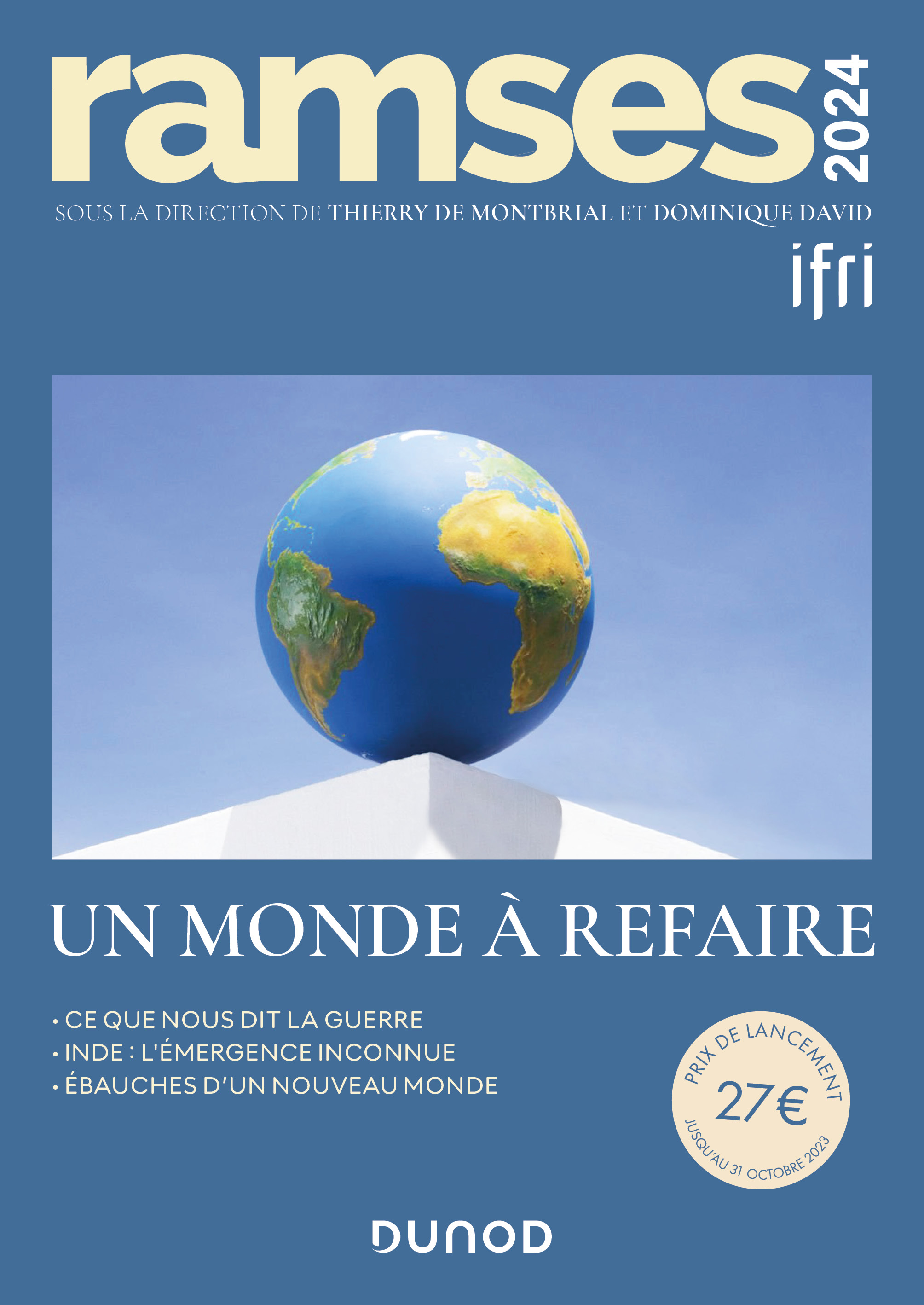
RAMSES 2024. A World to Be Remade
For its 42nd edition, RAMSES 2024 identifies three major challenges for 2024.

France and the Philippines should anchor their maritime partnership
With shared interests in promoting international law and sustainable development, France and the Philippines should strengthen their maritime cooperation in the Indo-Pacific. Through bilateral agreements, expanded joint exercises and the exchange of best practices, both nations can enhance maritime domain awareness, counter security threats and develop blue economy initiatives. This deeper collaboration would reinforce stability and environmental stewardship across the region.

The China-led AIIB, a geopolitical tool?
The establishment of the Asian Infrastructure Investment Bank (AIIB) in 2016, on a Chinese initiative, constituted an attempt to bridge the gap in infrastructure financing in Asia. However, it was also perceived in the West as a potential vehicle for China’s geostrategic agendas, fueling the suspicion that the institution might compete rather than align with existing multilateral development banks (MDBs) and impose its own standards.
Jammu and Kashmir in the Aftermath of August 2019
The abrogation of Article 370, which granted special status to the state of Jammu and Kashmir (J&K), has been on the agenda of the Bharatiya Janata Party (BJP) for many decades.


